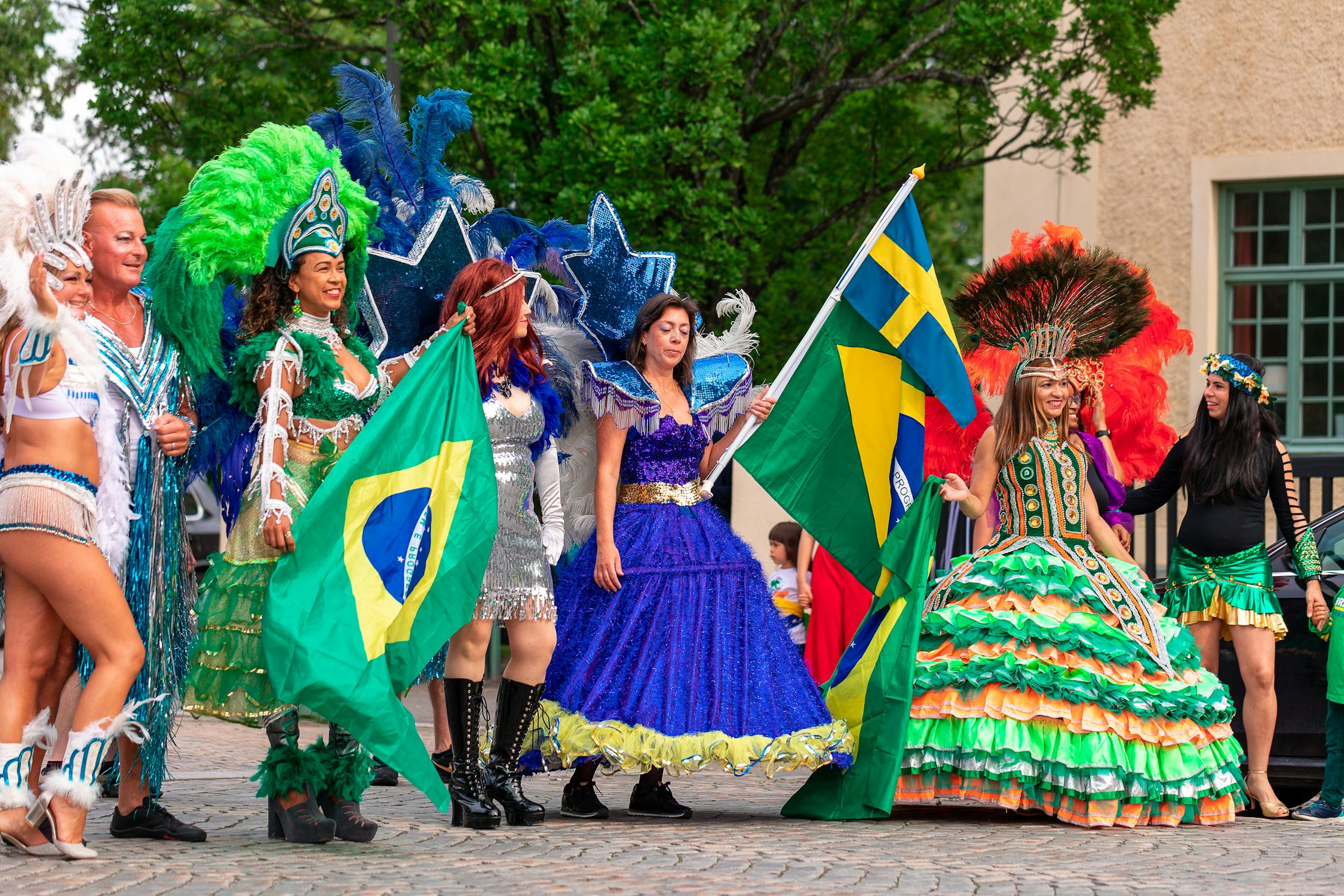Brazils Samba Revolution: A Journey from the Streets to the World Stage

B
razil's Samba, a dance form that pulsates with the rhythm of life, has transcended its humble street origins to dominate the world stage. This vibrant dance form is not just a cultural phenomenon but a revolution that has transformed Brazil's music and dance scene and its national identity. The journey of Samba, from clandestine gatherings in Rio's favelas to the grandeur of global platforms, is as dynamic and colorful as its performances. The intoxicating beats of Samba echo Brazil's spirit and resilience, whisking away audiences into a world of rhythm and movement.
Samba's roots lie in the Afro-Brazilian communities of Rio de Janeiro's favelas. It was here that the dance form was born, nurtured by the community as a form of expression and resistance against socio-political oppression. The dance was initially performed in secret, away from the prying eyes of authorities who deemed it subversive. However, the infectious rhythm and energy of Samba could not be contained within the favelas for long.
As Brazil underwent political and social changes, so did Samba. It evolved from a clandestine dance form into a symbol of national pride. The government, recognizing its potential for fostering national unity, promoted Samba on a national scale. The dance form was incorporated into carnivals and public celebrations, becoming an integral part of Brazilian culture.
The international recognition of Samba came during the 20th century when it began to feature on global platforms. Its vibrant energy and captivating rhythm drew worldwide attention, leading to its inclusion in international dance competitions and festivals. Today, Samba is not just a dance form; it is an ambassador of Brazilian culture on the world stage.
The journey of Samba from the streets to the world stage is not just about a dance form; it is about Brazil's socio-political evolution. It reflects the resilience of the Brazilian people who turned an expression of resistance into a symbol of national pride. It showcases the transformative power of culture and art in shaping national identity.
The story of Samba is a testament to Brazil's spirit. Despite its humble origins, it has risen to global prominence, captivating audiences with its rhythm and energy. It serves as a reminder that culture and art can transcend boundaries, fostering unity and understanding among diverse communities.
As we reflect on the journey of Samba, we are reminded of the power of cultural expression. Samba has not just revolutionized Brazil's music and dance scene; it has also transformed its national identity. It is a vibrant testament to the resilience and spirit of the Brazilian people.
In the grand tapestry of world culture, Samba stands out as a vibrant thread, weaving together the rhythms of Brazil's past and present. Its journey from the streets to the world stage is an inspiring tale of resilience, transformation, and unity. As we continue to be captivated by its intoxicating beats, we are reminded that Samba is more than just a dance; it is the heartbeat of Brazil.
This article was generated by AI